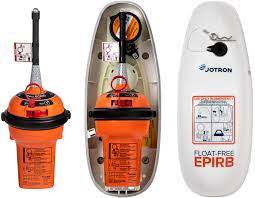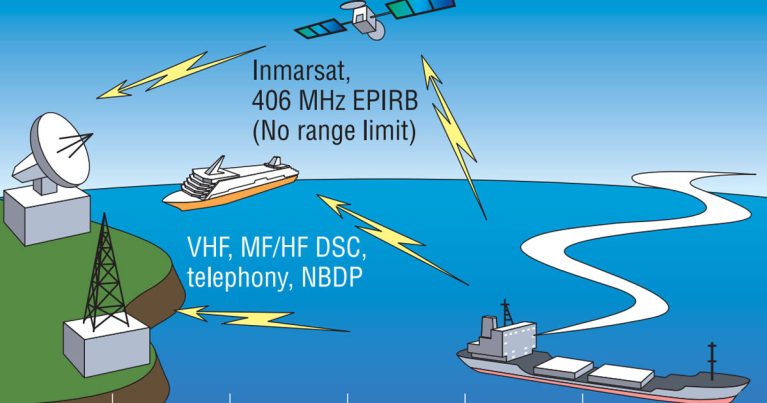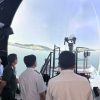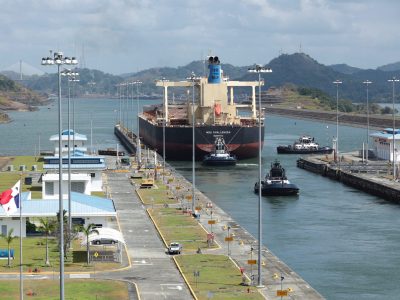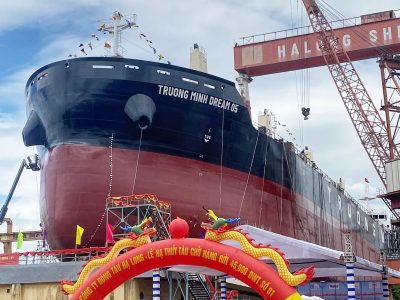By GMM Training | 2024-02-24 | Deck Operations |
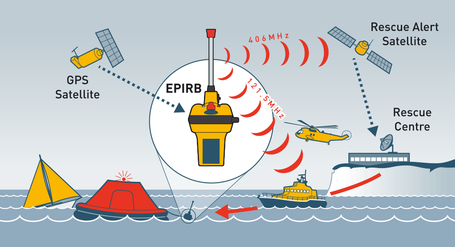
SART or Search and Rescue Transponder is extremely vital equipment on a ship as it performs the job of a signal-man.It is a vital machine during distress, for it helps in locating the position of the vessel in case it goes off-track.
SARTs are made of waterproof components, which protects them against damage by water.
SARTs are essentially battery-operated and, hence, can be operative for a long time.
SARTs are used in ships, lifeboats and liferafts. They are the most supportive machines in an unprecedented emergency and are designed to remain afloat on the water for a long time if the vessel finds itself submerged in water.
The bright colour of SARTs enables quick detection, whereas the combination of transmitter and receiver enables it to transmit and receive radio signals.
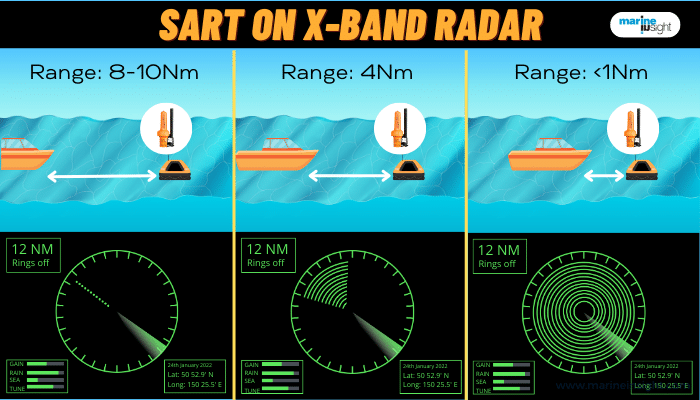
SART machines have been instrumental in rescuing several crafts and ships by reacting to the search signal sent from an X-band radar, typically of 9 GHz. These signals are known as homing signals.
The response is usually displayed on radar screens as a sequence of dots on an X-band radar, which helps rescuers reach the vessels in time.
As mentioned earlier, SART is basically an electronic device that automatically reacts to the emission or interrogation by ship radar. This enhances the visibility of the party needing assistance on the radar display (PPI). They operate on the 9 GHz band and only transmit when they are switched on when interrogated by radar.
SART – General features, location and functioning
- SART is made of fibre-reinforced plastic, which can withstand and bear prolonged exposure to sunlight and extreme weather conditions
- It is capable of floating free of the survival craft
- International orange in colour
- SART is mounted on a mounting bracket, which is fixed to a bulkhead on a ship, on the bridge
- It operates on the 9GHz frequency band (9.2 to 9.5 GHz) and generates a series of clips on the radar it is interrogated by (3 cm/X Band radar).
- They can either be portable or fixed permanently into the survival craft
- The SART is activated manually and hence responds only when interrogated
- When activated in a distress situation, the SART responds to radar interrogation by transmitting a signal which generates 12 blips on the radar and turns into concentric circles as the range between the two reduces
- On the PPI, the distance between the blips will be 0.6 miles
- This signal is very easy to spot than a signal echo from, say, a radar reflector
- The SART also has an audio or visual indication of its correct operation and informs survivors when interrogated by the radar
- An audible beep is heard every 12 seconds when there are no radars in sight and every 2 seconds when interrogated by radar
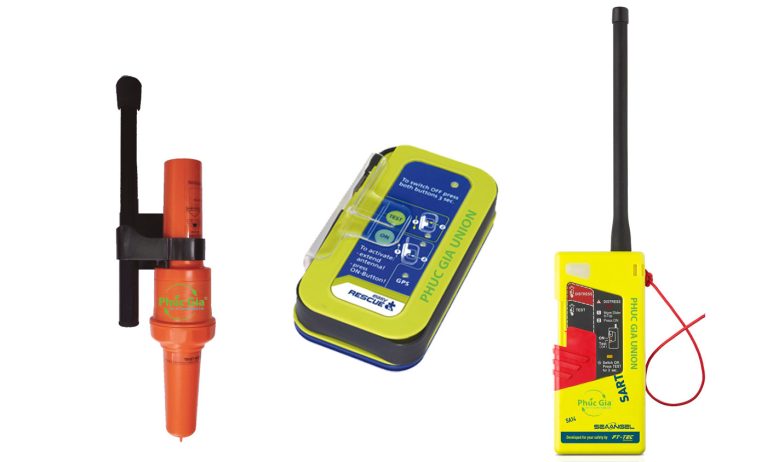
Carriage Requirement
- Passenger ship- at least 02
- Cargo ship 500 GT and above- at least 02
- Cargo ship 300 GT and above- at least 01
- 1 on each survival craft
Battery Requirement
- In standby condition, operational for 96 hours
- In working condition, operational for 08 hours
- Battery should be replaced every 2 to 5 years
- Operable in temperature between -20 deg to 55 deg
SART Test Procedure
Self Test (General)
- Switch SART to test mode
- Hold SART in view of the radar antenna
- Check that the visual indicator light operates
- Check that the audible beeper operates
- Observe the radar display and see if there are concentric circles on the PPI
- Check the battery expiry date
Self Test (Typical)
- Remove SART from the bracket
- Insert the probe into the SART at 2 second intervals; the lamp flashes, and the beeper sounds
- Observe concentric circles on the X band radar
In case of a false activation, switch the SART off immediately. Transmit a DSC safety alert on VHF Channel 70. Transmit a safety broadcast by RT on VHF Channel 16 to all stations indicating your ID and position and that you wish to cancel your false alert, which was transmitted in error.
AIS-SART
The AIS-SART is a self-contained radio device used to locate a survival craft or distressed vessel by sending updated position reports using a standard Automatic Identification System class-A position report.
The position and time synchronization of the AIS-SART is derived from a built-in GNSS receiver (e.g. GPS). Global Maritime Distress Safety System (GMDSS) installations include one or more search and rescue locating devices. These devices may be either an AIS-SART (AIS Search and Rescue Transmitter) or a radar-SART (Search and Rescue Transponder).
SARTs are useful in rescue operations involving aeroplanes or ships stranded by air and sea accidents. They are designed to survive the toughest conditions and stay active in elevated positions like on a pole so that they can cover a diverse range.

Talking of heights, a SART transponder on an aeroplane could range from 30 to 40 miles. This helps to scrutinize a huge range and huge area.
Looking at the facts, one can determine that SARTs are a marvel of human engineering, making them significant equipment on the ship venturing out into deep oceans.

